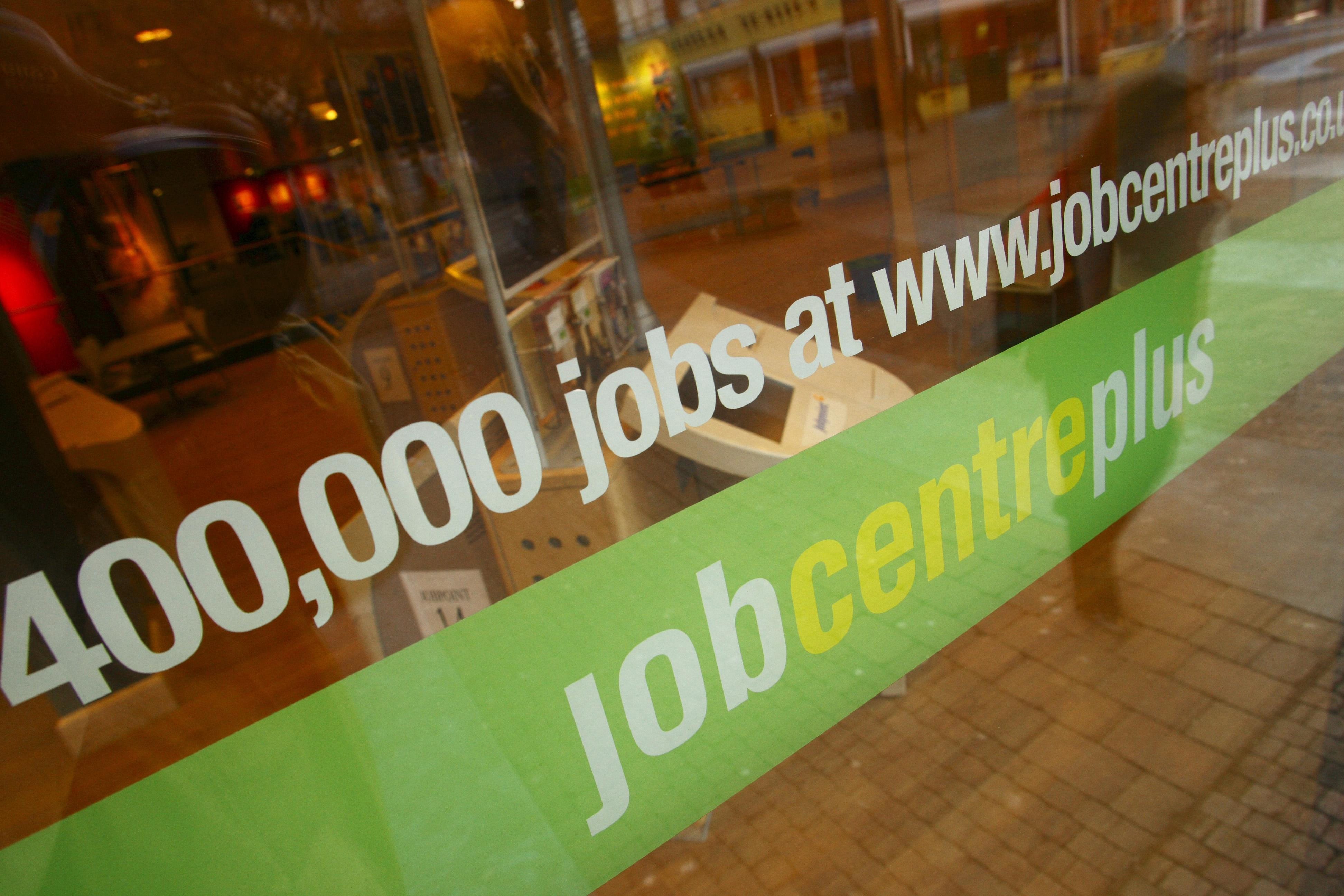What’s behind the shock rise in unemployment? The next PM needs to find out, fast...
Jobs – and people’s perception of their employment prospects – matter more than any other economic indicator, warns James Moore. That’s why it’s bad news for the election (no matter who wins it)


Another blow for Rishi Sunak – this time, in the form of new labour market data from the Office for National Statistics (ONS). It showed unemployment continuing to rise while job vacancies declined again.
The rate of unemployment has now increased for four months in a row – from 3.8 per cent in the final quarter of 2023, to 4.4 per cent in the three months to April 2024: the highest for more than two years and a rise of 190,000 workers over that spell.
Job vacancies have, meanwhile, fallen for 23 consecutive periods, with scant sign of any light at the end of the tunnel. Between March and May 2024, they fell to 904,000, a decline of 12,000. Since the peak recorded in the spring of 2022, the number of openings is down by roughly a third – although it should be noted that this is still ahead of pre-pandemic levels.
Another unwelcome trend – that of rising economic inactivity – continues to bite. The rate increased to 22.3 per cent and while the figures have to be taken with a pinch of salt (the ONS has said it has had sampling issues) an estimated 2.83 million people are out of work as a result of long-term illness. The prime minister’s railing against Britain’s supposed “sick note culture” has done nothing to reduce this trend.
Most of the private sector cut back on workers. Retail and hospitality were notable blemishes. The ONS also highlighted the motor repair trade.
Things were cheerier in health and social care, where there were nearly 170,000 more workers over the three months to the end of April (compared to a year ago): signs, perhaps, of the effort being put in to reduce waiting lists and ease the care crisis (albeit with mixed results). The education sector also showed an increase.
However, these relative bright spots aside, the overall picture is one of a cooling labour market. The Resolution Foundation highlighted a fall in the employment rate of those aged 16-64 to 74.3 per cent, a number which it said is now only a shade above the pandemic low point of 74.1 per cent, set in winter 2021. “The huge 1.9 percentage point fall from the UK’s pre-pandemic 16-64 employment rate of 76.2 per cent means that, holding population constant, the workforce is more than a million workers smaller,” it said.
What this hasn’t yet fed through to is wages, which rose by 6 per cent excluding bonuses – or, 5.9 per cent when they are factored in. This is obviously good news for those earning more at a time when inflation has eased to within sight of the Bank of England’s 2 per cent target.
This news, however, is not so cheery for borrowers. The Bank’s rate-setting Monetary Policy Committee (MPC) will have taken note of the labour market’s struggles – but the data on wages, repeatedly highlighted by MPC members before they entered their pre-election purdah, will be a cause of concern.
Wages in the dominant service sector are very closely linked to prices and service sector inflation has remained stubbornly high, even while the headline rate has fallen. It now seems a racing certainty that the MPC will sit on its hands again when it meets next week. The PM is highly unlikely to see any pre-election cheer coming from that quarter.
A rate cut in August is still a possibility and parts of the City are still hopeful of seeing two by the end of the year. This is a toss-up so far as the odds are concerned, but it should be remembered that the financial centre’s denizens have a habit of getting ahead of themselves. Given the data, I wouldn’t be as hopeful as some of them clearly are.
Jobs – and people’s perception of their employment prospects – matter more than perhaps any other economic indicator to the electorate. Holding down a job means you can pay the mortgage and put food on the table, even in the face of rising prices. That’s why the latest figures are such bad news for the election (no matter who wins it).
The biggest economic challenge facing the next administration may well prove to be getting people to work, as well as addressing some of the labour market’s long-term issues, such as the skills gaps that bedevil important sectors. Even while the labour market as a whole declines, these gaps inevitably lead to shortages in some areas. The in-tray of an incoming government is always bulging. But for the next one, the word “jobs” will prove to be the most urgent of all.






Join our commenting forum
Join thought-provoking conversations, follow other Independent readers and see their replies
Comments